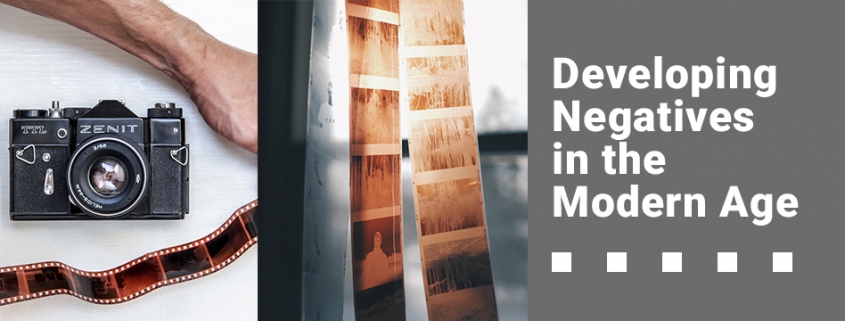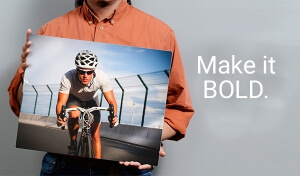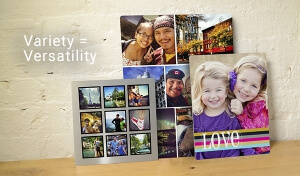Developing Negatives In The Modern Age
Developing Negatives In The Modern Age
A recent BBC article highlighted the mystique of old photographic negatives. When a few century-old glass negatives were purchased at a flea market, scanned and posted on twitter they were shared by over 20M people within two days. Kind of makes you curious to find out what might be in your old family collections doesn’t it?
If this seems like something suited only to a photo geek with high-end scanners and photoshop wizardry, think again. Sure, the person in the story fits that description and admits that he first tried scanning them and inverting in Photoshop. But he couldn’t use them. The files were too big and since the original negatives were made of glass, he encountered other problems when trying to place them on a glass scanner. So he turned to the same tool you would. His iPhone.
He taped them to a window and snapped a photo. After a quick search for an app to invert the negative image to positive, he was posting them on Twitter. Now that’s wizardry.
The moral of the story? Old negatives are big. Some as big as 4×5 or even 8×10 inches. Even not-so-old negatives from the 40’s and 50’s are commonly three to four inches across. That’ big enough to capture without special scanning equipment. So if you’re lucky enough to have that kind of heritage in your possession, and you also happen to own a futuristic pocket-sized image inversion tool that may or may not also make phone calls, you are a very powerful wizard.






